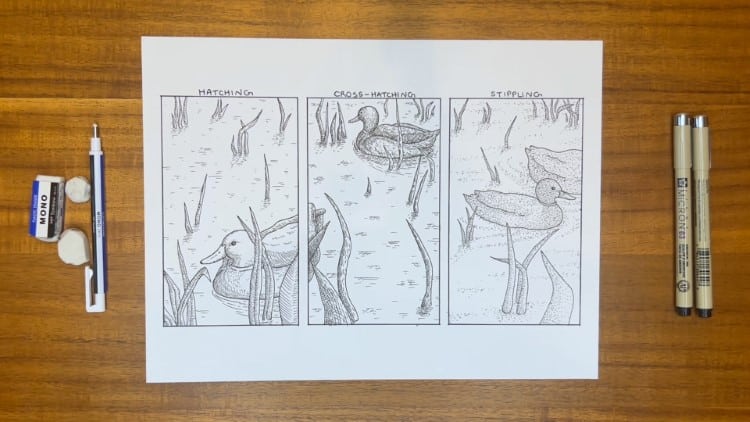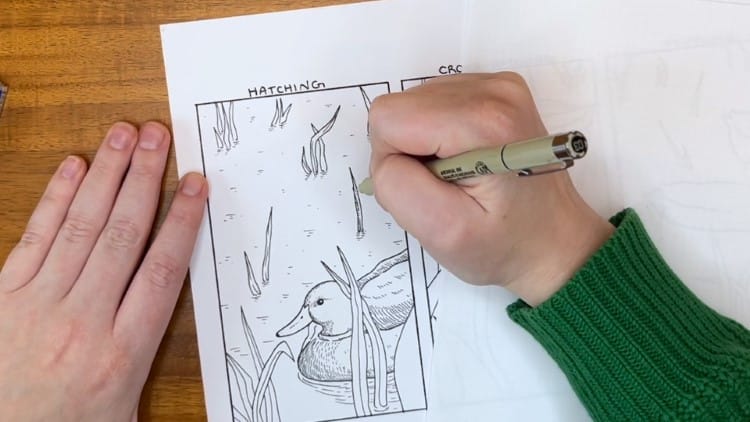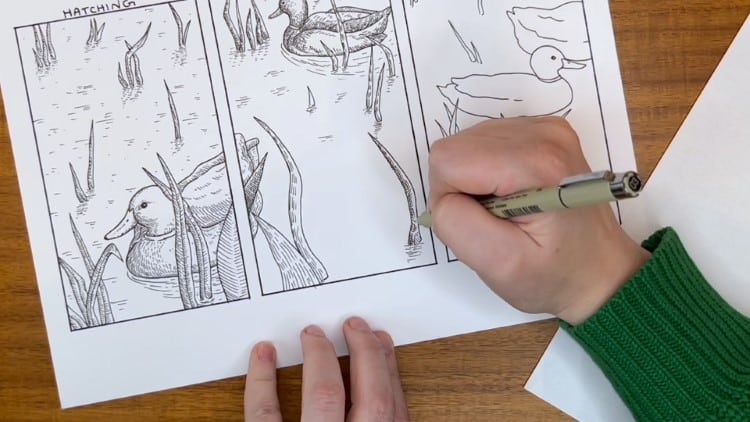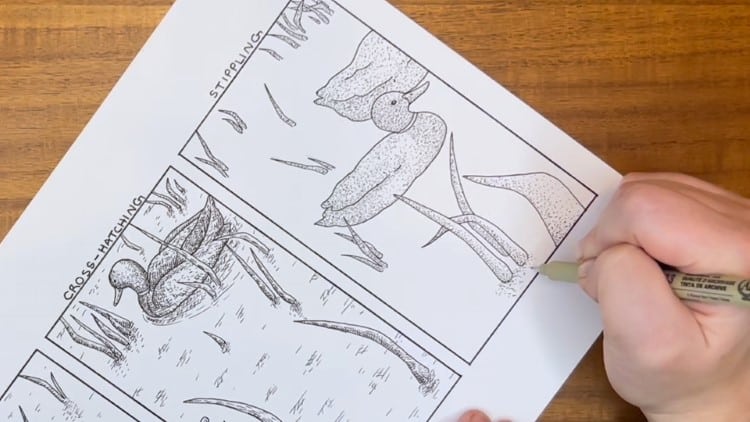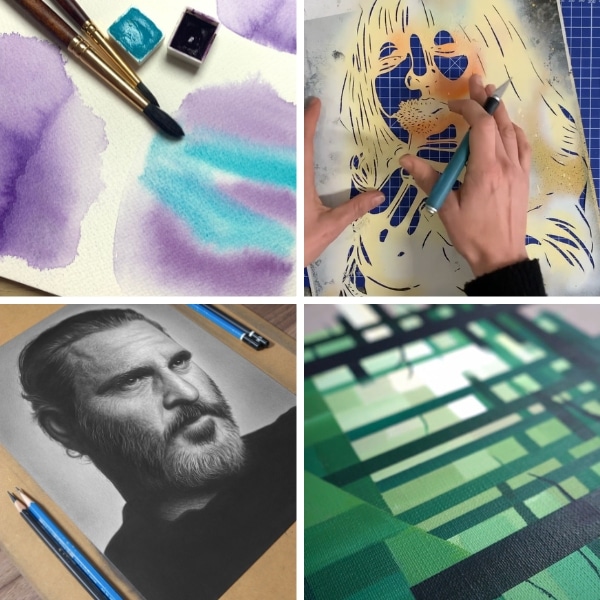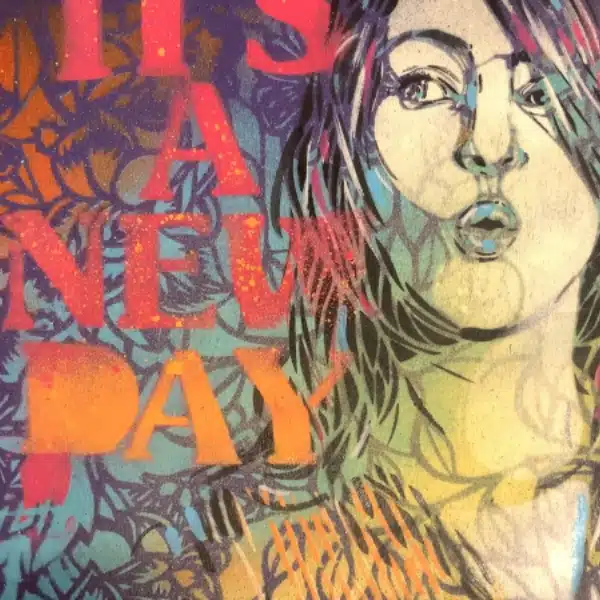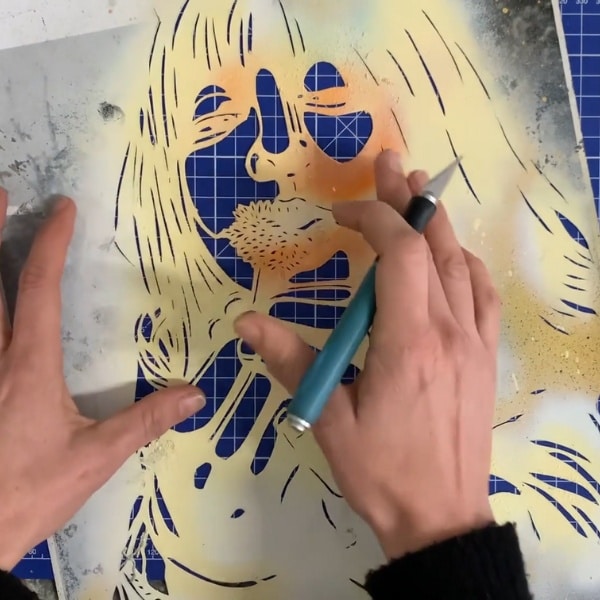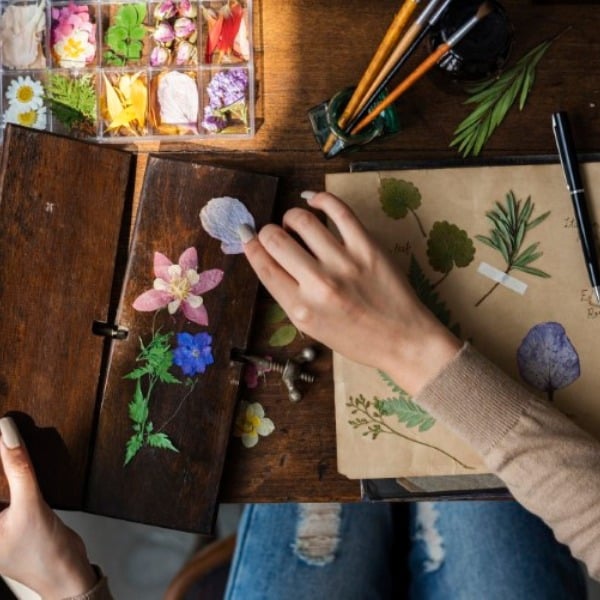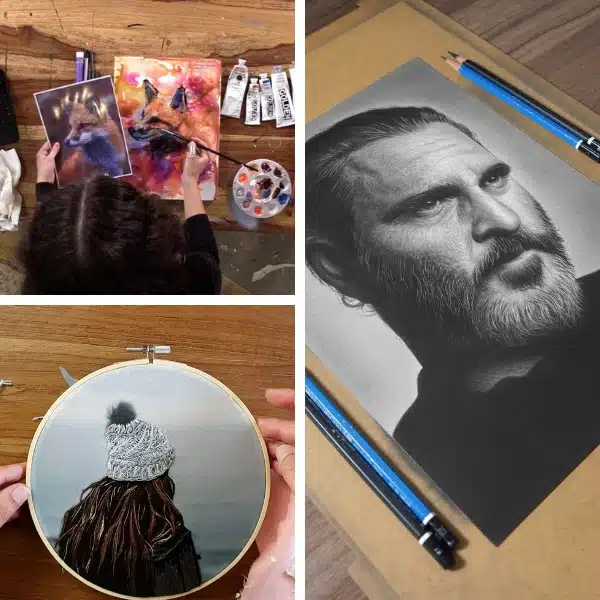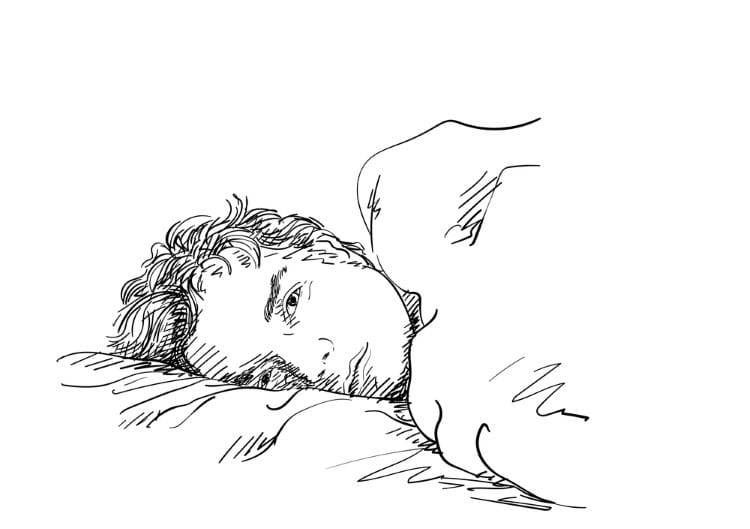
Photo: OlgaTropinina/Depositphotos
When creating a drawing, there are various methods one can use to create volume or light and shadow. This includes several different shading techniques outlined in My Modern Met Academy's beginner course, Drawing 101: Learn the Building Blocks of Sketching. In this online class, illustrator Margherita Cole equips students with everything they need to know to embark on their sketching journey. And this includes several different shading techniques.
These time-honored techniques—hatching, cross-hatching, and stippling—have been used for centuries by draughtsmen to give them work dimensions. From Albrecht Dürer to Rembrandt to Georges Seurat, all three of these methods are used by incredible artists. And though they seem simple, understanding how to use them, when to use them, and why to use them is the key to success.
Check out a short explanation of three essential shading techniques, and then enroll today to get all 2.5 hours of instruction. You'll be able to start the class at your leisure and watch each lesson as many times as you want, making it a lasting resource for improving your drawings.
Here are three essential shading techniques to help you enhance your drawings.
Hatching
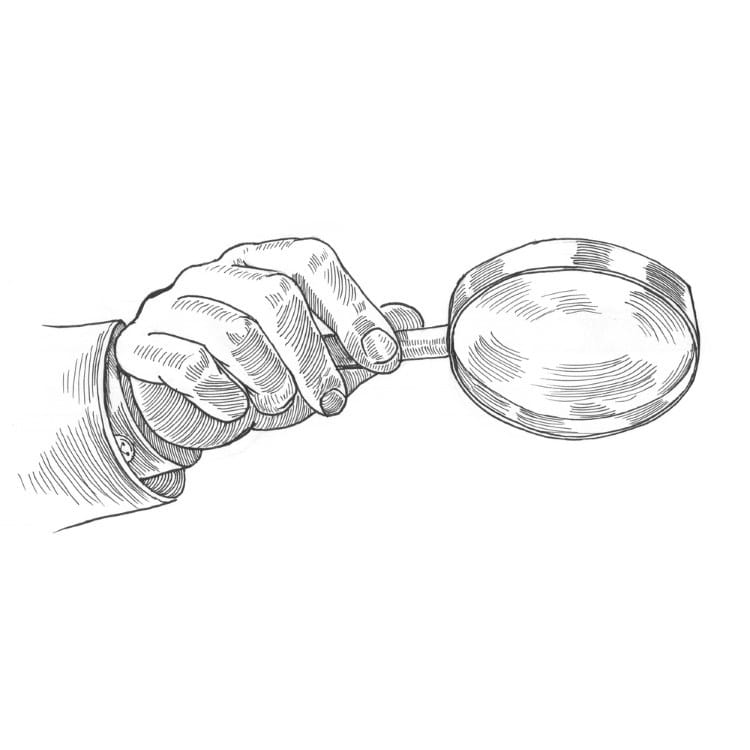
Photo: Sentavio/Depositphotos
Hatching uses short, tight parallel lines to denote an area of darkness. Artists can stagger these lines or spread them further apart to create different lighting effects. You can do one show of hatches or several rows to build up larger areas of shadow.
Cross-Hatching
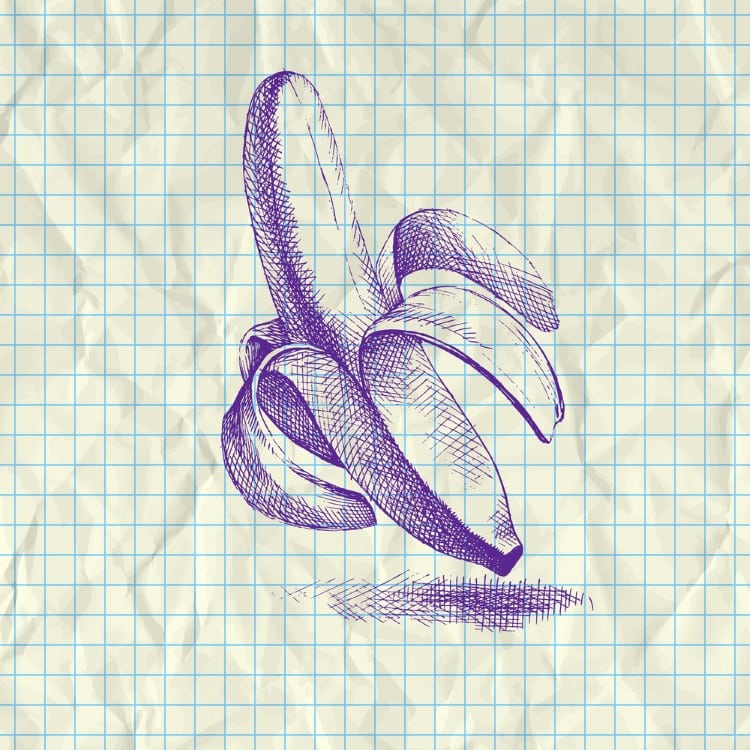
Photo: ClassyCatStudio/Depositphotos
Cross-hatching can create deeper, richer shadows due to its intersecting lines. The technique starts by creating hatched lines, which are then crossed over in a manner that creates a texture akin to a fabric on the page. By building up the cross-hatches in certain areas, gradations of light and shade can be obtained.
Stippling

Photo: naktisart/Depositphotos
Stippling may be the most time-consuming of the techniques, but the effect is well worth it. It involves placing tiny dots in an area to create shadow. These dots, which should not touch, can be spaced differently to show levels of darkness. The further away the dots, the lighter the area will appear, while dots close together will make an area darker.
In Drawing 101: Learn the Building Blocks of Sketching, illustrator Margherita Cole shares how to use three shading techniques effectively.
She'll go over how hatching, cross-hatching, and stippling can all be used to enhance your drawings.
My Modern Met Academy: Website | Facebook | Instagram | Pinterest
Related Articles:
Discover the Four Essentials You’ll Need To Start Drawing Today
These Drawing Tutorials Will Help You Create Realistic Portraits
12 Excellent Drawing Books Recommended by Artists and Illustrators
Stunning Ink and Colored Pencil Architecture Drawings Inspired by Old-World Europe
